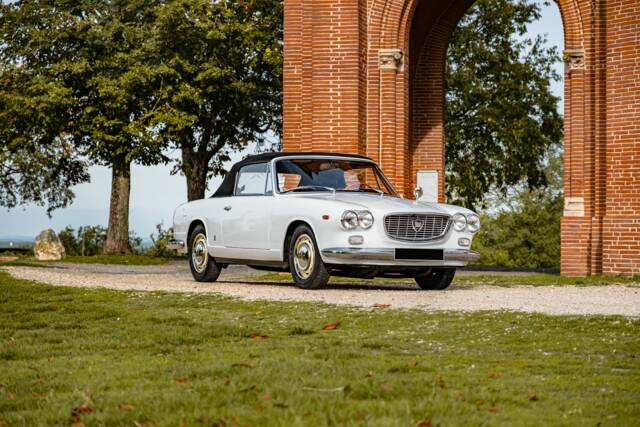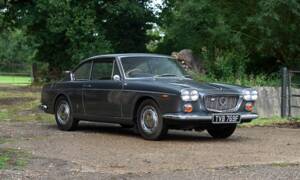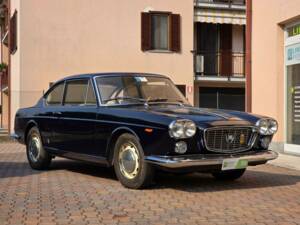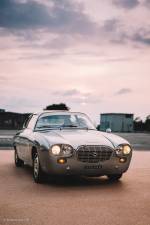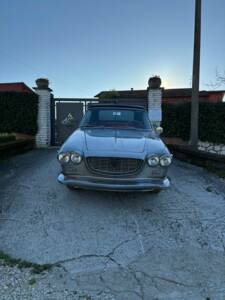Lancia Flavia classic cars for sale
The Lancia Flavia stands out among classic executive cars thanks to its technical sophistication, front-wheel drive, and a lineage that marked a turning point in Lancia’s engineering philosophy. Whether in Berlina, Coupé, Convertible, or the exclusive Sport Zagato variant, the Flavia combines all-Italian design with advanced mechanicals and comfort well ahead of its time.
Search results
€48,000 - €52,000
Preview
1968 | Lancia Flavia 1.8 (Pininfarina)
1968 Lancia Flavia Coupe 1800 Injection


1964 | Lancia Flavia Sport 1.8 (Zagato)
Preparazione Corsa
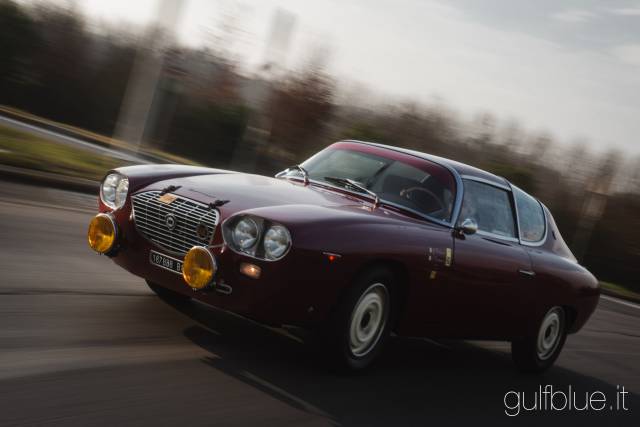
1963 | Lancia Flavia Sport (Zagato)
One of just 98 1500 engined built, original title and plates, 3 owners

1962 | Lancia Flavia (Vignale)
auto marciante con alcune imperfezioni

1964 | Lancia Flavia 1.8 (Pininfarina)
CRS, Targa Oro, FIVA, Certificato Identità Lancia Club

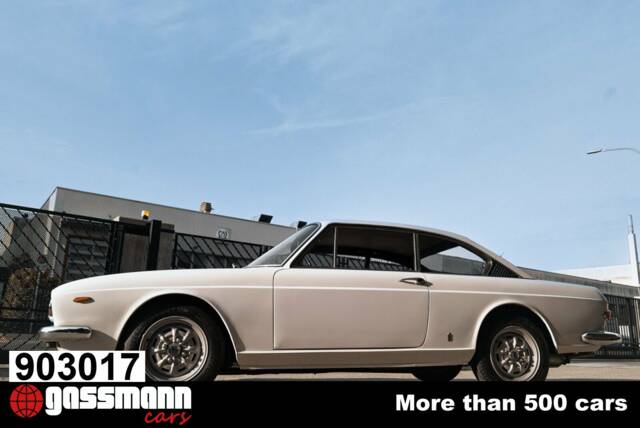
1970 | Lancia 2000 Coupe
Flavia 2000 Coupe - 1. Serie
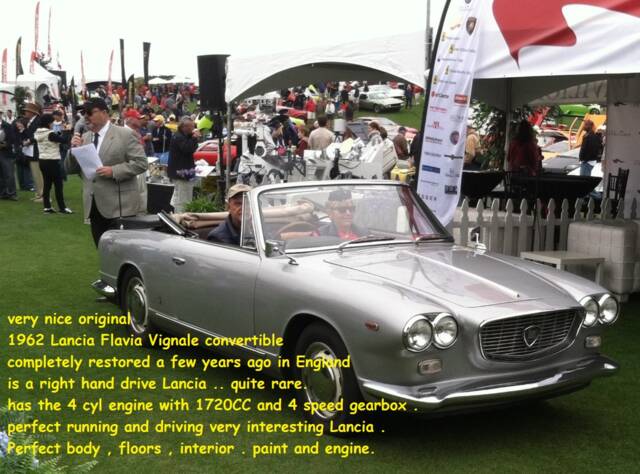
1962 | Lancia Flavia (Vignale)
Lancia-Flavia Vignal convertible RHD
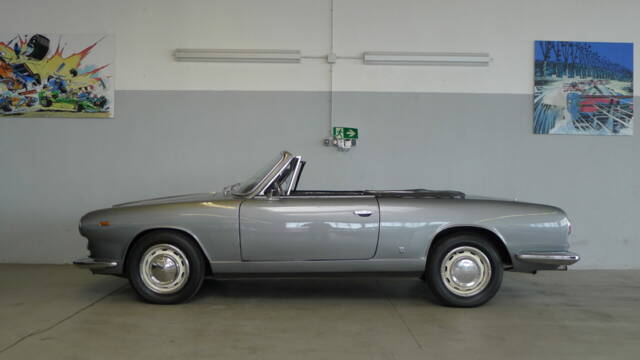
1966 | Lancia Flavia 1.8 Iniezione (Vignale)
1800 iniezione Convertible, restauriert, traumhaft

1966 | Lancia Flavia Sport 1.8 (Zagato)
...very rare...
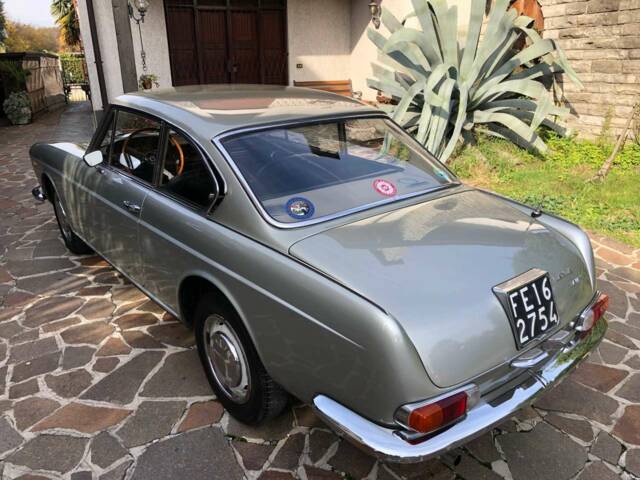
Lancia Flavia listing references from Classic Trader
Below you will find listings related to your search that are no longer available on Classic Trader. Use this information to gain insight into availability, value trends, and current pricing for a "Lancia Flavia" to make a more informed purchasing decision.

1972 | Lancia Flavia Coupé 2000
LANCIA FLAVIA 2000 COUPE’ TIPO 820.230 (1972) ISCRITTA ASI CON C.R.S. – CONSERVATO – SUPERPREZZO

1966 | Lancia Flavia 1.8 (Pininfarina)
History of the Lancia Flavia
The Lancia Flavia, introduced at the 1960 Turin Motor Show, marked the company’s transition into front-wheel drive and technical innovation under engineer Antonio Fessia. Produced from 1961 to 1971, with the first series known as the Flavia Berlina, this upper mid-size saloon signified the start of Lancia’s modern era. Notable was its use of four-wheel disc brakes and a lightweight aluminium boxer engine – technological novelties for Italian production cars. The Flavia’s independent front suspension and hydraulic shock absorbers added to its sophisticated driving dynamics. After 1971, the Flavia was succeeded by the Lancia 2000, closing an era of independent Lancia development before Fiat’s takeover.
Model History and Development
Within its lifetime, the Flavia evolved through two major series. The Series I Berlina debuted with a column-shift and full-width bench seat; from 1967, the facelifted Series II adopted separate front seats and a central gear lever. The Berlina was joined by a Pininfarina-styled Coupé in 1962, Vignale Convertible (Cabriolet), and the avant-garde Sport Zagato, featuring an aluminium body. Engine capacity grew from the early 1.5-litre up to 1.8 and, later as the Flavia 2000, up to 2.0 litres, with performance tuning reaching as high as 126 hp in the 2000 HF. Flavia’s production channels included coachbuilders like Pininfarina, Vignale, and Zagato – each adding distinct Italian design and technical flair. The Flavia also saw limited involvement in motorsport, notably winning the Rallye Sanremo.
Technical and Market Highlights
The Flavia introduced many firsts to Italian series production: front-wheel drive, four-wheel disc brakes, and a robust boxer engine design. Bodies by Pininfarina, Vignale (convertibles), and Zagato (Sport) offered buyers a rare blend of luxury, performance, and cutting-edge styling. Particularly, the Sport Zagato – with its convex glass and lightweight construction – was directly intended for high-speed touring and motorsport use. The interior, especially in Pininfarina Coupés, featured high-grade materials, Nardi wood-rimmed steering wheels, and options such as original Borrani wire wheels and luxury velour or leather upholstery.
Technical Data
Special Editions and Collectible Models
Among the most coveted versions are the Flavia Sport Zagato (1962–1967), noted for its aluminium bodywork, futuristic design by Ercole Spada, and a motorsport pedigree including approximately 591–626 units produced. About 512 sport models used the 1800 engine, 98 with the 1500, and just 32 received the 1.8 Kugelfischer fuel injection. The Convertible by Vignale also stands out for rarity and open-top pleasure. The Coupé, primarily a Pininfarina creation, often echoes design cues found in contemporary Ferraris and is highly prized for its proportions and luxurious interiors.
Weak Spots and Common Issues
Early Flavias, especially carburettor models, can suffer from cylinder head corrosion due to copper gasket use – careful inspection of the engine block and cooling system is advised. Parts availability is now considered limited, with the collector’s market mainly reliant on international suppliers for body trim, original interior materials, and especially engine-specific spares. Finding matching numbers and original documentation adds to the car’s value and future-proofing.
Engine, Performance, Transmission, and Handling
Flavia’s boxer engines, with their low centre of gravity, contribute to surefooted road manners, especially in Pininfarina Coupés and Sport Zagato models. The 1.5-litre versions were lively for their size, while the 1.8 and later 2.0-litre engines provided up to 126 hp, with top speeds reaching nearly 180 km/h (111 mph) for the most potent models. Four- and five-speed manual transmissions, along with all-round disc brakes, brought both controllable power and stopping ability in line with executive class expectations of its day. Noteworthy examples include the Flavia Sport Zagato 1800 Iniezione with Kugelfischer injection (103 hp), the 2000 Coupé with up to 115 hp, and the Flavia Convertible by Vignale. Each model brings a unique driving experience, from long-distance comfort to sporty, responsive handling.
Interior, Comfort, Exterior and Design
Pininfarina’s Coupé impressed with balanced lines and an interior reminiscent of high-end contemporaries, displaying a Ferrari-inspired dashboard and elegant wood or Nardi steering wheels. Vignale Convertibles appeal with their unique style, fine leather or velour finishes, and functional elements like deep luggage space and safety-oriented details (e.g., door safety lights). The Sport Zagato’s aluminium body, panoramic glass, and aerodynamic experimentation by Ercole Spada make it a study in forward-thinking automotive aesthetics. High-quality details, from original toolkits to period-correct accessories such as Borrani wheels or rear window de-misters, further differentiate the most desirable Flavias.
Other Details and Noteworthy Features
Flavia models frequently came with rare manufacturer certifications and homologations (ASI, Targa Oro). For collectors, provenance—original paint, interior, and documentation—substantially increases value. Some Flavias were entered in motorsport events and national championships, giving certain examples a verifiable competition history. The reintroduction of the Flavia name in 2012, for a short-lived convertible based on the Chrysler 200, is a curiosity best left to modern collectors.
Summary
The Lancia Flavia, produced from 1961 to 1971, blended Italian design, technical innovation, and a variety of body styles that reflected the pinnacle of independent Lancia engineering. Its highly regarded boxer engines, pioneering use of front-wheel drive and disc brakes, and bodies from Pininfarina, Vignale, and Zagato, create a multi-faceted classic that remains sought after by those who value engineering pedigree and style. Today, the Flavia continues to attract enthusiasts and collectors, its demand confirmed by its strong presence in supply and demand metrics among classic Lancias.
